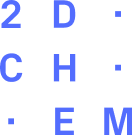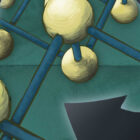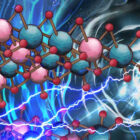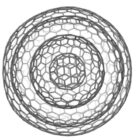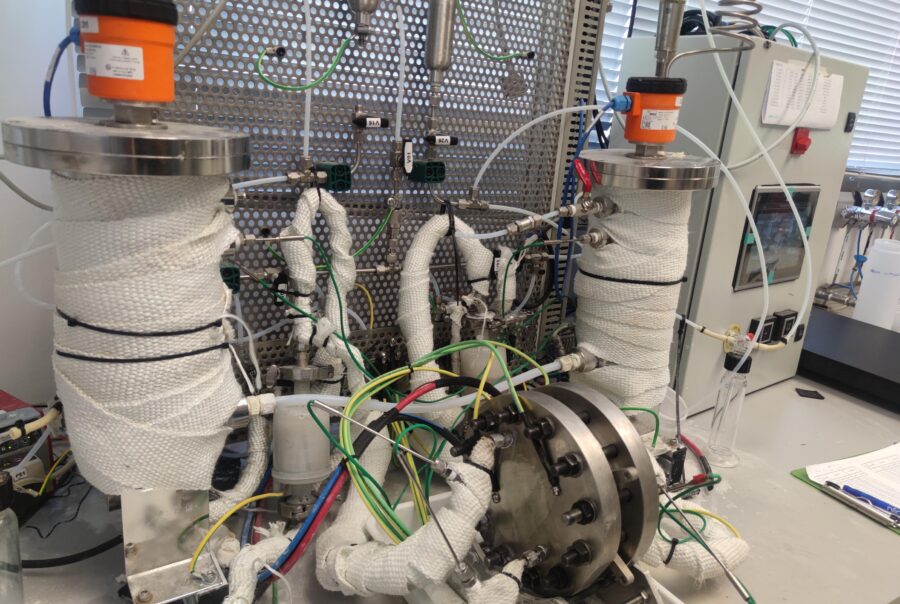Our first research line encompasses the group of 2D pnictogens, a novel class of graphene-like layered elemental materials from the Group 15 of the periodic table. Layered P, As, Sb, and Bi have received considerable attention over the last years since they can outperform and/or complement graphene properties.
Two-dimensional
material chemistry
Abellan Lab
Our group works in three main research lines:  2D pnictogens (group of P, As, Sb and Bi),
2D pnictogens (group of P, As, Sb and Bi),  layered hydroxides, and
layered hydroxides, and  carbon nanoforms and related hybrid materials. Along with the synthesis and exhaustive characterization of our materials, we aim to explore their novel applications in the fields of
carbon nanoforms and related hybrid materials. Along with the synthesis and exhaustive characterization of our materials, we aim to explore their novel applications in the fields of  energy storage and conversion, catalysis, electronics or magnetism, among others.
energy storage and conversion, catalysis, electronics or magnetism, among others.
2DChem Tech Transfer
2DChem Tech Transfer
Abellán Lab
Abellán Lab
Abellán Lab
Abellán Lab
